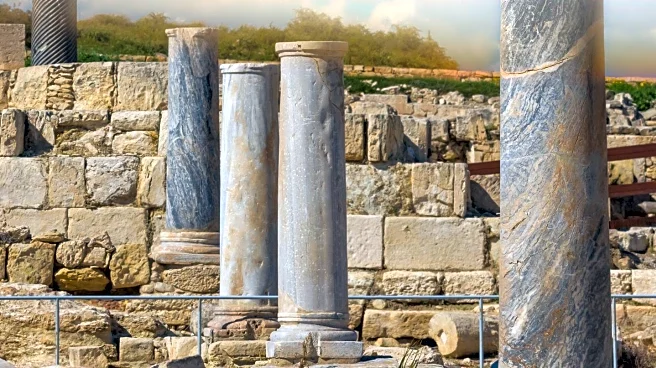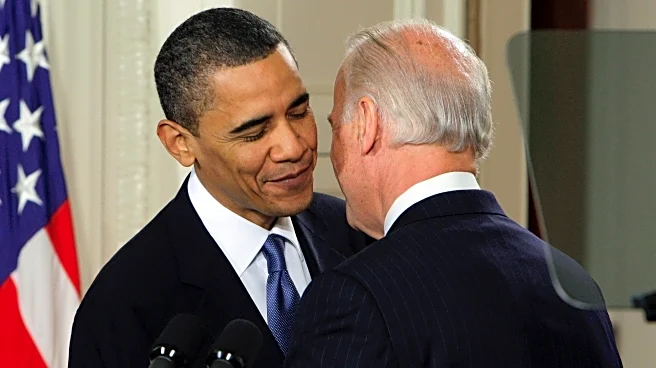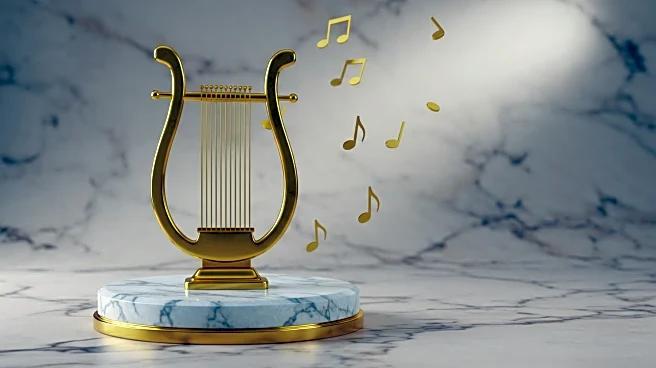What's Happening?
A study conducted by the University of Haifa has revealed that silver was used as a form of currency in the Land of Israel as early as 3,600 years ago, predating the invention of coins by over a millennium. The research, published in the Journal of World Prehistory, indicates that silver played a crucial role in the economic system for 1,500 years. Dr. Tzilla Eshel, the lead researcher, analyzed silver hoards from the Bronze and Iron Ages, finding evidence of a sophisticated economic system that included standards and forgeries. The study also noted a shift from gold to silver as the primary medium of exchange during the Late Bronze Age.
Why It's Important?
The findings highlight the advanced economic practices in ancient Israel, suggesting a complex system of trade and commerce long before the advent of coinage. This discovery provides insight into the economic history of the region, showing that silver was not only a valuable commodity but also a standardized form of payment. The study's implications extend to understanding the development of economic systems in ancient societies, offering a new perspective on how trade and currency evolved over time.
What's Next?
Further research may explore the broader implications of these findings on the understanding of ancient economies in neighboring regions. The study opens avenues for examining the role of silver in other ancient cultures and its impact on trade relations. Additionally, the chemical analysis of silver alloys could lead to more discoveries about the methods used to manipulate currency value in ancient times.
Beyond the Headlines
The study raises questions about the ethical and legal dimensions of currency manipulation in ancient economies. The deliberate mixing of alloys to alter silver's value suggests early forms of economic control and forgery, reflecting societal attempts to manage resources and trade. This aspect of the research could influence modern discussions on currency regulation and economic ethics.












